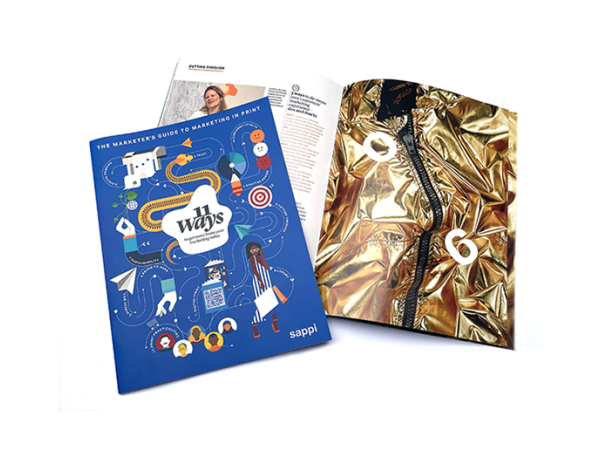Why 4 Out of 5 Fundraisers Use Mail To Engage With Supporters
Want to let your charity’s donors know they’re valued? Keen to share the incredible stories of transformation sparked by their generosity? Then direct mail could be the direction you need to take for your next marketing campaign.

According to research from the Chartered Institute of Fundraising, 82% of fundraisers use direct mail for their fundraising and supporter engagement programme.
Here are just a few of the reasons why print is powerful when it comes to nurturing supporters and raising charity donations.
The art of fundraising
As every charity knows, your ideal marketing campaign converts existing supporters into lifelong regular givers or recruits new donors to your cause.
Sounds simple? Of course, it’s not. Bombard your supporters with ‘asks’, and you’ll breed ‘donor fatigue’ or resentment. Back off, and they’ll forget about you altogether.
Instead, what you want is to engage people and build loyalty. You want to tell stories about the change your charity is making that will touch your supporters’ or potential donors’ hearts.
And that’s where direct mail comes into its own. Some 93% of fundraisers say it enhances the supporter experience and builds loyalty and engagement; and 82% value the room for storytelling that print provides.
The storytelling effect
Why is direct mail so successful? For a start, its lifespan is longer than, for example, a social media post.
According to research from the Joint Industry Committee for Mail (JICMAIL), some 92% of all charity direct mail is engaged with – either opened, read or put aside for later.
Items of post are typically shared around the home, and interacted with an average of 4.2 times per month for direct mail and 2.8 for a door drop.
That gives a direct mail a chance to get its message across and tell the stories that will connect with your donors.
Consequently, ROI is high: 31% of direct mail items drive a commercial outcome for the brand such as visiting a website or store, buying a product, or telling others about it.
Valuing your donors
Another reason for direct mail’s success is that it demonstrates that you care about your supporters enough to put together a high-quality package of information for them.
Some 70% of recipients say direct mail makes them feel valued, while 65% say they give mail their full attention.
“A mail pack creates that feeling of ‘they cared enough to write to me’ – meaning people feel recognised and valued for their support, closer to the charity and cause, and more likely to support it not only for longer, but also in additional ways.”
Home workers
A fusion of JICMAIL and TGI data from 2019 also reveals something very intriguing.
Among people who use the internet to work from home, the interaction rate rises to 4.3 times per month for an average direct mail item, and 3.1 times for door drops.
We all know that homeworking has soared under lockdown among those lucky enough to require only a computer and internet access to do their jobs.
While some are now returning to offices, many are still able to work at least part of the time from home. That may even be a permanent societal shift.
So if your charity is looking to launch a marketing campaign to help with recovery from the COVID-19 crisis, now could be the moment to invest in great writing, photography, and design.
Get directly to your donors’ hearts and minds – make direct mail part of your marketing mix.





